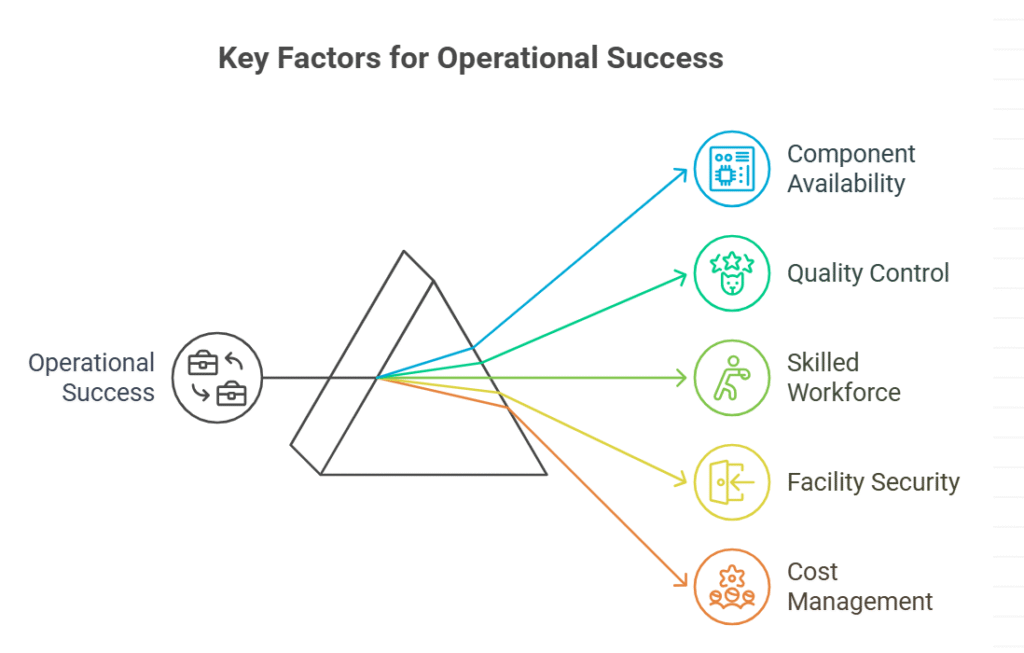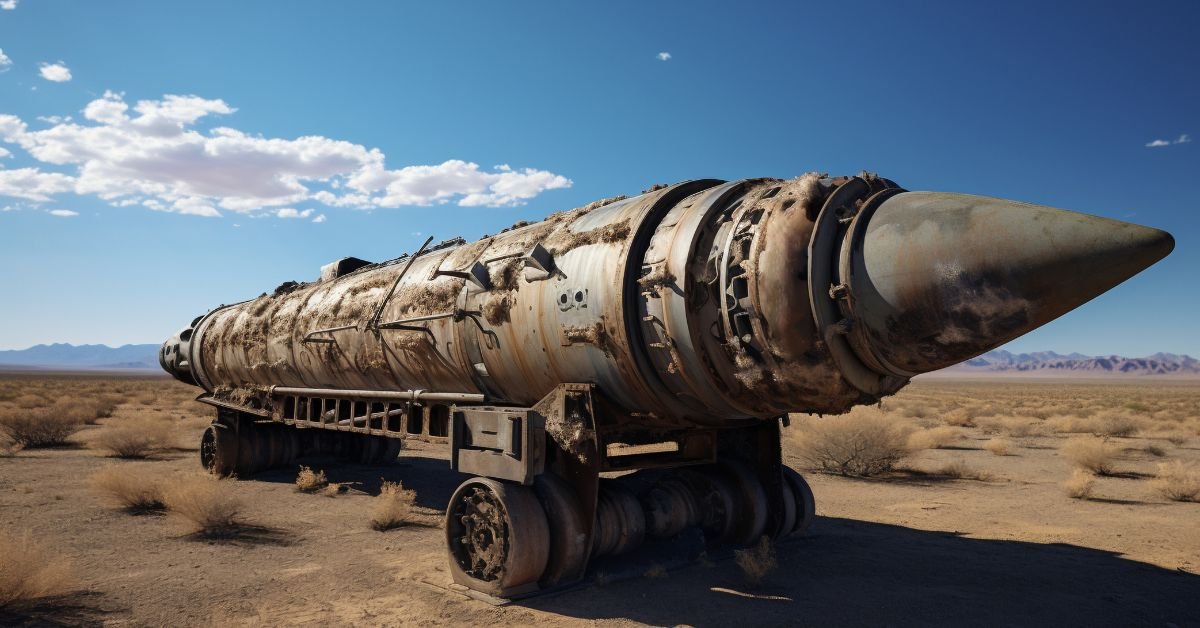long range missiles Ukraine has pursued represents a significant shift in defense thinking. For decades, missile technology was the exclusive domain of major powers. Today, that landscape has changed dramatically.
From Soviet Legacy to Modern Innovation
Ukraine inherited substantial military infrastructure after the Soviet Union’s collapse. However, much of this equipment was aging or unsuitable for modern conflicts. The need for updated systems became clear, spurring domestic development programs and international partnerships.
The journey hasn’t been straightforward. Technical challenges, resource constraints, and diplomatic considerations have all played roles in shaping Ukraine’s approach to long-range capabilities.
Understanding Missiles Ukraine Deploys: Categories and Capabilities
When discussing missiles Ukraine uses or develops, it’s important to understand the different categories and their purposes. Not all missiles serve the same function, and the distinctions matter for both military planning and diplomatic discussions.
Types of Missile Systems
Modern missile arsenals typically include:
- Tactical missiles (shorter range, battlefield use)
- Operational-tactical missiles (medium range)
- Strategic missiles (long range, deterrent role)
Each category serves different military objectives and comes with distinct political implications. The push for longer-range systems reflects changing security needs and strategic calculations.
The Rise of Long Range Drone Technology
Alongside traditional missiles, the long range drone has emerged as a game-changing technology. These systems offer unique advantages that complement conventional missile capabilities.
Why Drones Matter
Unmanned systems provide several key benefits:
- Lower cost per unit compared to missiles
- Reusable platforms (in some cases)
- Flexible mission profiles
- Reduced risk to personnel
A military analyst recently noted:
“The integration of long-range drones has fundamentally altered how we think about strike capabilities. It’s not just about missiles anymore—it’s about having a diverse toolkit.”
Ukrainian Drones: Innovation Under Pressure
The development of Ukrainian drones has accelerated dramatically in recent years. Necessity has driven innovation, resulting in creative solutions and rapid technological advancement.
Domestic Production Surge
Ukraine’s drone industry has expanded from a handful of startups to a significant sector. This growth reflects both immediate military needs and longer-term industrial strategy. Companies that once focused on commercial applications have pivoted to defense projects.
The variety is impressive—from small reconnaissance units to larger strike platforms. Each design reflects specific operational requirements and available resources.
Cruise-Missile Submarine News: The Maritime Dimension
While much attention focuses on land-based systems, cruise-missile submarine news reminds us that modern defense involves multiple domains. Naval platforms equipped with cruise missiles add another layer to strategic calculations.
The Submarine Factor
Submarines offer unique advantages for missile deployment:
- Stealth and surprise
- Extended operational range
- Survivability against preemptive strikes
- Strategic ambiguity
Though Ukraine’s naval capabilities differ from those of major naval powers, understanding submarine-launched systems helps contextualize the broader missile discussion.
Technical Specifications and Capabilities
When examining Ukraine long range missiles, technical details matter. Range, payload, accuracy, and survivability all factor into a system’s military utility.
Key Performance Metrics
Modern long-range systems are evaluated on:
- Maximum range (typically 300km+)
- Circular error probable (CEP) for accuracy
- Warhead options and yield
- Launch platform flexibility
- Countermeasure resistance
These specifications determine how systems can be employed and what targets they can effectively engage.
The Strategic Impact of Long Range Strike Capabilities
The acquisition of long range missiles Ukraine seeks isn’t just about military hardware—it’s about changing strategic equations. These capabilities affect deterrence, alliance dynamics, and conflict escalation risks.
Deterrence Theory in Practice
Long-range strike capabilities serve multiple strategic purposes:
- Deterring aggressive actions
- Providing response options
- Influencing adversary planning
- Strengthening negotiating positions
The mere possession of such systems can alter military calculations, even if they’re never used.
International Perspectives and Partnerships
The development of missiles Ukraine deploys doesn’t happen in isolation. International partnerships, technology transfers, and diplomatic agreements all play crucial roles.
Allied Support and Constraints
Western partners have provided various forms of assistance, from intelligence sharing to direct military aid. However, this support comes with considerations:
- Technology transfer restrictions
- Escalation concerns
- Alliance cohesion requirements
- Domestic political factors in donor countries
Balancing these factors requires careful diplomacy and strategic communication.
The Role of Ukrainian Drones in Modern Operations
Ukrainian drones have demonstrated remarkable effectiveness in various roles. From reconnaissance to strike missions, these systems have proven their worth in real-world conditions.
Operational Lessons
Field experience has provided valuable insights:
- The importance of system redundancy
- Electronic warfare challenges
- Logistics and maintenance requirements
- Training and doctrine development
These lessons inform both current operations and future development priorities.
Comparing Long Range Drone vs Traditional Missile Systems
The choice between a long range drone and traditional missiles isn’t always straightforward. Each has advantages depending on the mission and circumstances.
Comparative Analysis
Traditional Missiles:
- Higher speed to target
- Greater payload capacity
- One-time use
- Higher unit cost
Long-Range Drones:
- Potential for recovery and reuse
- Longer loiter time
- More flexible mission profiles
- Lower cost per strike
The optimal mix depends on specific operational requirements and available resources.
Cruise-Missile Submarine News and Naval Strategy
Recent cruise-missile submarine news highlights how naval platforms remain relevant to modern conflicts. Even for countries with limited naval assets, understanding these systems is important.
Naval Strike Capabilities
Submarine-launched cruise missiles offer:
- Strategic surprise
- Extended reach into contested areas
- Survivable second-strike capability
- Complication of enemy defense planning
These factors make naval platforms valuable even in primarily land-focused conflicts.
The Technology Behind Modern Missile Systems
Understanding Ukraine long range missiles requires some technical knowledge. Modern systems incorporate sophisticated technologies that enhance their effectiveness.
Key Technologies
Contemporary missiles utilize:
- Advanced guidance systems (GPS, inertial, terminal)
- Improved propulsion (solid fuel, ramjet, scramjet)
- Stealth features
- Electronic countermeasures
- Network-enabled capabilities
These technologies represent significant advances over older systems.
Production Challenges and Solutions
Manufacturing long range missiles Ukraine needs involves overcoming significant challenges. From sourcing components to establishing production lines, each step presents obstacles.
Industrial Base Considerations
Key challenges include:
- Component availability (especially microelectronics)
- Quality control processes
- Skilled workforce requirements
- Facility security needs
- Cost management
Solutions often involve creative partnerships and innovative manufacturing approaches.

The Future of Long Range Strike Capabilities
Looking ahead, the evolution of missiles Ukraine develops will likely continue. Emerging technologies and changing threats drive ongoing innovation.
Emerging Trends
Several developments are shaping the future:
- Hypersonic technologies
- Artificial intelligence integration
- Swarming capabilities
- Counter-space applications
- Non-kinetic effects integration
These trends suggest continued evolution in capability and doctrine.
Pros and Cons of Long Range Missile Development
Advantages
- Enhanced deterrence capability
- Increased strategic options
- Reduced dependence on allies
- Industrial development benefits
- Technological advancement spillovers
Disadvantages
- High development costs
- Escalation risks
- Resource allocation trade-offs
- International relations complications
- Technical complexity challenges
Real-World Applications and Scenarios
The practical use of Ukrainian drones and missile systems varies greatly depending on the scenario. Understanding these applications helps contextualize their importance.
Defensive Applications
Long-range systems can protect:
- Critical infrastructure
- Population centers
- Military installations
- Economic assets
- Allied territories
Offensive Considerations
Strike capabilities enable:
- Disruption of enemy operations
- Strategic target engagement
- Force multiplication effects
- Psychological impact
- Negotiation leverage
International Law and Long Range Weapons
The deployment of long range missiles Ukraine uses must consider international legal frameworks. Various treaties and customs of war apply to these systems.
Legal Considerations
Key factors include:
- Distinction between military and civilian targets
- Proportionality in use of force
- Humanitarian law compliance
- Arms control agreements
- Sovereignty issues
Adherence to international law remains crucial for maintaining legitimacy and international support.
Economic Aspects of Missile Development
Developing missiles Ukraine requires involves significant economic considerations. The costs extend beyond just research and development.
Economic Impact
Financial factors include:
- Direct development costs
- Infrastructure investments
- Operational expenses
- Opportunity costs
- Economic multiplier effects
Balancing military needs with economic realities requires careful planning.
Training and Doctrine Development
Having long range missiles Ukraine operates is only part of the equation. Effective use requires proper training and doctrine.
Human Factors
Key considerations include:
- Operator training programs
- Maintenance expertise
- Command and control procedures
- Integration with existing forces
- Doctrine development and testing
Investment in human capital is as important as the hardware itself.
FAQs
Q What types of long range missiles does Ukraine currently possess?
A. Ukraine has developed various domestic missile systems and received international military assistance. The specific types include modified Soviet-era systems, newly developed domestic platforms, and certain Western-supplied systems. The exact inventory varies as development continues and international support evolves.
Q How do Ukrainian drones compare to traditional long range missiles?
A. Ukrainian drones offer different capabilities than traditional missiles. While missiles provide faster strike capability and larger payloads, drones offer benefits like potential reusability, longer loiter times, and lower per-unit costs. Many military strategists see them as complementary rather than competing systems.
Q What is the significance of cruise-missile submarine news for land-focused conflicts?
A. While submarine-launched cruise missiles might seem less relevant to land-based conflicts, they represent important strategic capabilities. Understanding these systems helps in comprehending overall strategic balance, potential escalation scenarios, and the full spectrum of modern military capabilities.
Q What factors determine the effectiveness of long range missiles Ukraine deploys?
A. Effectiveness depends on multiple factors including accuracy, range, payload, survivability against air defenses, and integration with intelligence and targeting systems. The ability to maintain and operate these systems under combat conditions is equally important as their technical specifications.
Conclusion
The story of Ukraine long range missiles continues to evolve. As technology advances and strategic needs change, we can expect continued innovation in this field. The integration of AI, improved materials, and new propulsion technologies will likely produce capabilities we can barely imagine today.

